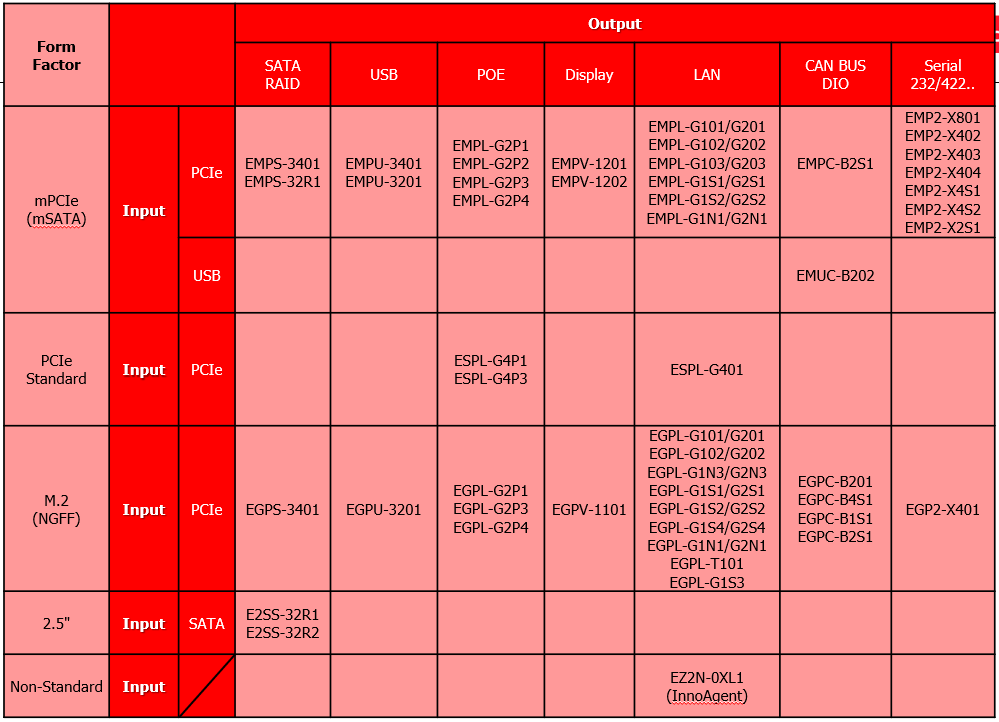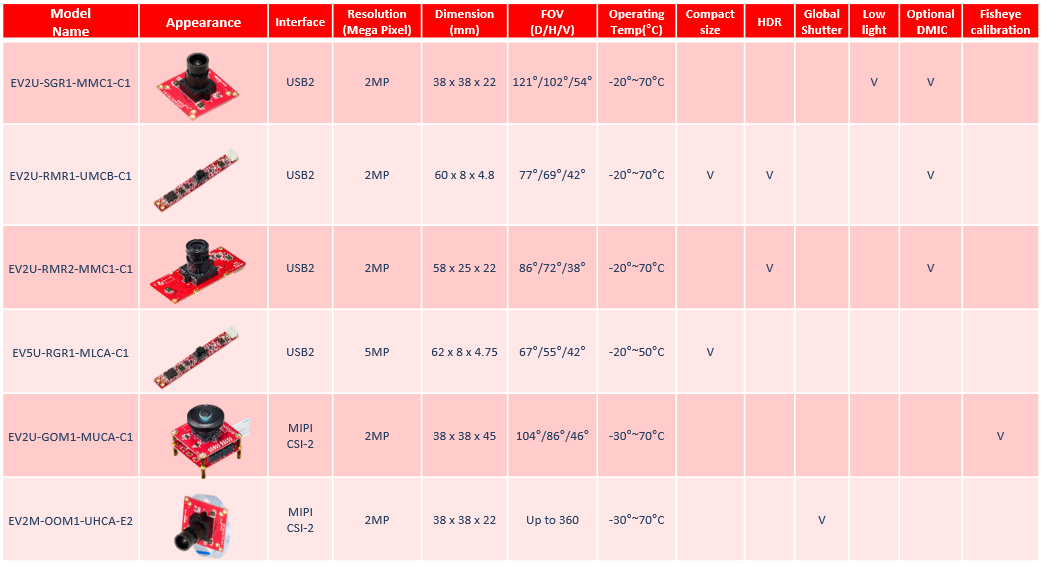Tech Talk
The changing face of Embedded Peripherals

Last updated 24 January 2023
The idea of Embedded Peripherals (EP) is not new and in the past it has usually been the motherboard manufacturers, and to lesser extent distributors, that stock a limited product range of Input/Output (I/O) products to expand board capability. For a board manufacturer to include every I/O port is not economically viable, so purchasing teams buy basic boards and adding the relevant peripherals to achieve the solution required, often with significant cost savings.
Customer requirement
Taiwanese manufacturer Innodisk, is a major force in the global EP market despite the company’s history which lies deep in industrial grade memory and storage. It is a little-known fact that Innodisk was the first module house to launch a complete series of EPs to cover all I/Os required on a motherboard. Innodisk started to develop various EP modules at the request of existing customers, looking for small production runs. Innodisk had the manufacturing technical capability and a ‘can do’ approach and as a result, Innodisk has refined and developed an extensive catalogue of EPs. This new way of thinking has encouraged system integrators to modulise their I/Os, so that they could focus on core competence such as CPU and software development.
State-of the-art manufacturing
Having a state-of-the-art and innovative manufacturing facility also helped the production process and Innodisk was quick to adapt production lines to include EPs. As a result, the company is now arguably one of the world’s leading manufacturers of I/O embedded peripherals. Its product catalogue comprises of some fifty different modules covering; storage, disk array, display, communication, testing and more recently camera modules.
Building blocks for simple expansion
Embedded Peripherals are designed as building blocks on top of existing motherboards as they offer flexibility for additional I/O expansion without any redesign. All it takes is a slot for mPCIe or an M.2 space and you can easily add a module, then another and another….the combinations are limitless. I/O modularisation achieves the small-volume and large-variety customization service that certain customers require for bespoke applications. EPs have many different types of expansion slots such as LAN, CAN, PoE, Serial, USB and RAID enabling the connection of a multitude of different devices. A simple, small, bolt-on EP can often be the difference between the success and failure of a project, cost effectively and quickly with little or no engineering resource.
Read more about Embedded Peripherals
Embedded Peripherals for a changing environment
So, what new EP's have hit the market. As the demand for technology continues to expand exponentially, technology leaders such as Innodisk have continued to push the boundaries of EP functionality and performance which has led to new requirements and designs.
One of the most exciting products is the world's first M.2 10GbE LAN module which is set to revolutionise connectivity for edge devices. Read more about it here. There has already been high demand for this product and will no doubt evolve as requirements change and technology advances.
Communications is becoming more and more important, with edge and connected devices, Industry 4.0, IoT, AIoT, and Artificial Intelligence (AI), very much at the forefront. The point here is that they are connected and need to communicate which a host, server or even each other. Innodisk has designed and manufactured a whole range of Communication EP’s to fulfil this requirement with expansion cards that provide stable connectivity and bandwidth to industrial systems, including robust PoE, CANbus, LAN, DIO and serial cards. These modules are available in form factors such as Mini PCIe, PCIe and M.2.
We have put together a matrix of the different Embedded Peripherals by form factor and Input/Output and their model names.

Innodisk Camera module series
Innodisk has seen a spike in the AI market as a result of demand from customers and in the same breath seizing a gap in the market. Innodisk's camera modules are used in a wide variety of applications, from ATMs to hospital bedside infotainment systems. Innodisk’s optimized cameras will meet the varied requirements of these applications, including AI image recognition, where a small MIPI camera may need to fit into a parking meter or smart charging station to detect number plates, or into a production line to detect defects automatically.
Compared with existing products on the market, Innodisk’s new camera modules have three major advantages: customised development, platform compatibility, and ISP adaptation. At the same time, quality and longevity are guaranteed to the same high standards as all Innodisk products, and are backed up with 3 years of warranty.
Camera modules have seen an increase in demand, typically used in surveillance, health care and transportation sectors. The cameras are actually mounted to a board. The Innodisk range is listed below.

Clear Benefits
Buying third-party modules has clear benefits; faster time to market (no redesign of the motherboard); No minimum order quantities (MOQs) meaning custom projects become more feasible (redesigns usually involve an MOQ) and easier bill of materials (BOM) management, which is becoming more important in the IoT world where custom projects are growing exponentially.
Understanding Embedded Peripherals can be a bit of a minefield so it's always worth talking to an expert before selecting the right module for your application. Contact the team at Simms today.